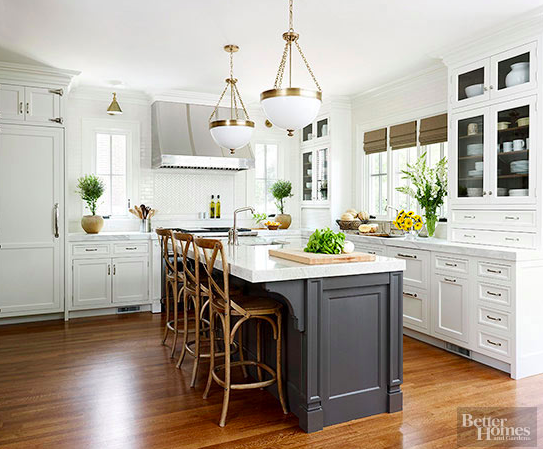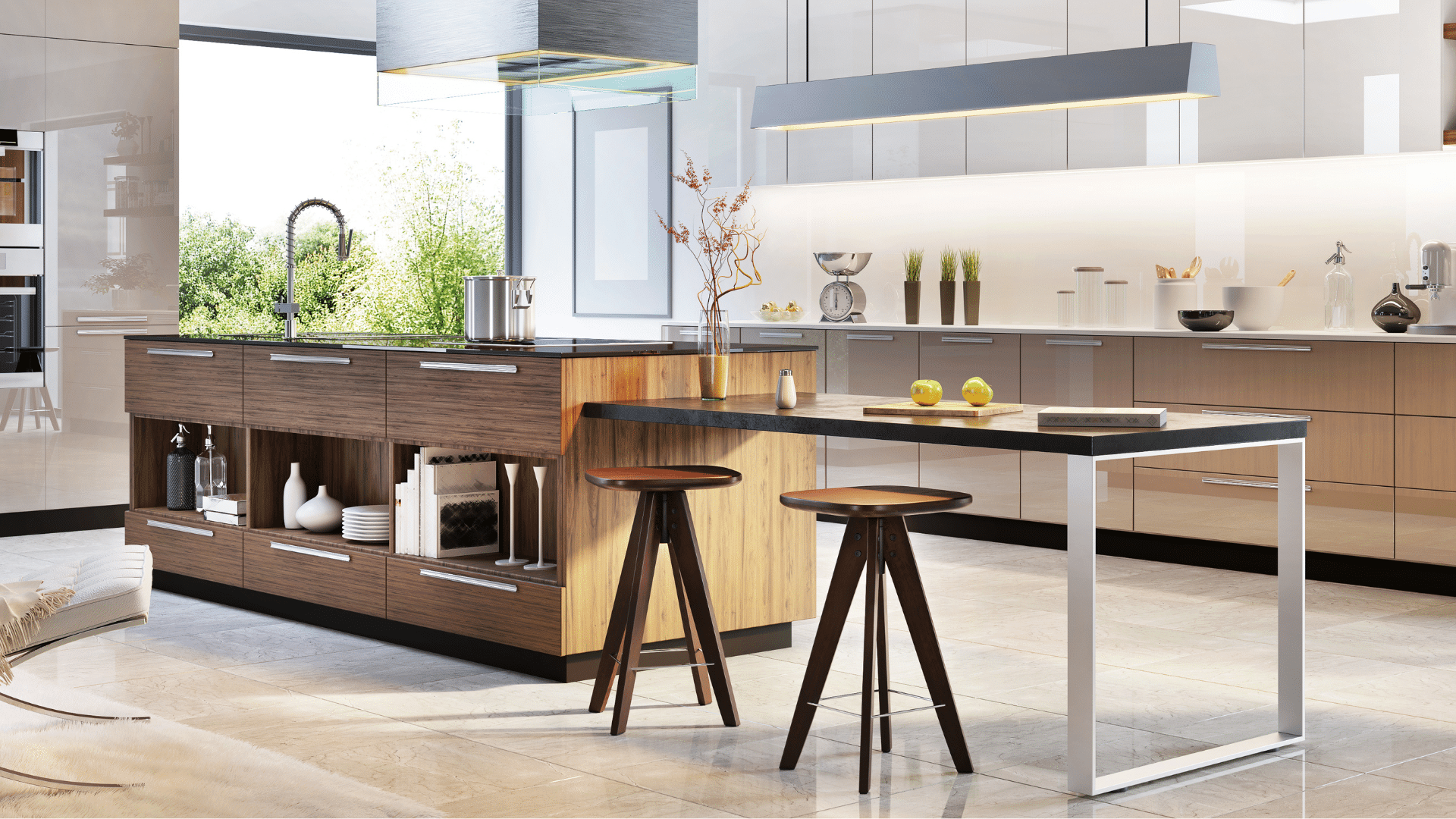Classy Kitchen Island Legs to Enhance Your Counter top
Classy Kitchen Island Legs to Enhance Your Counter top
Blog Article
Essential Tips for Picking the Perfect Eating Table for Your Cooking Area
Picking the ideal eating table for your kitchen area is more than just an issue of taste; it requires a comprehensive understanding of your room and needs. The shape of the table plays a crucial function; while rectangle-shaped tables match larger locations, rounded ones foster intimacy, and extendable alternatives offer versatility. The table needs to harmonize with your kitchen area's aesthetics and accommodate your family members conveniently.
Action Your Space
Choosing the perfect dining table begins with a careful evaluation of your offered area. This foundational step guarantees that the table not only fits conveniently within the room but also complements the overall layout and capability of your eating location.
It is vital to leave sufficient space for chairs to be drawn out and for people to move around the table without obstruction. A basic policy of thumb is to enable at least 36 inches of clearance from the side of the table to the nearby wall or item of furniture.
Additionally, assume regarding the number of individuals you usually entertain and whether you require extra room for guests. Choosing an extendable table can give versatility, permitting you to fit differing numbers of restaurants. By properly measuring your room, you lay the groundwork for choosing a table that improves both the visual appeals and capability of your eating area.
Select the Right Forming

On the other hand, round tables are excellent for smaller sized kitchen areas or intimate celebrations, as they promote conversation by enabling every person to face each other. They additionally provide a sense of coziness and can fit well in tighter areas as a result of their lack of sharp corners. Oval tables use the ideal of both worlds, integrating the size of rectangle-shaped tables with the affection of round ones, making them flexible for different setups.
Square tables are an additional option, particularly fit for square-shaped spaces. They produce a symmetrical and modern appearance, cultivating an equivalent dining experience for all seated. However, they might be much less functional for bigger gatherings unless they include expansions. Ultimately, the form you choose need to align with your room dimensions and way of living to ensure both kind and feature.
Product Considerations
When selecting a dining table, material factors to consider are extremely important in determining the table's resilience, maintenance needs, and total visual. Wood is a classic selection, using ageless appeal and effectiveness. Woods like mahogany, walnut, and oak are specifically resilient, though they can be costly. kitchen island legs. Softwoods, such as ache, are a lot more affordable yet may be prone to damages and scrapes.
Glass-topped tables offer a modern, smooth appearance and can make a room show up larger because of their openness. They require regular cleansing to avoid smudges and finger prints. In addition, tempered glass is suggested for its extra stamina and safety and security.

Lastly, composite products like MDF (Medium-Density Fiberboard) or plywood are budget-friendly choices. These materials can mimic the look of solid wood yet may not offer the very same durability. They are typically less complicated to tidy however can be vulnerable to water damages if not correctly secured.
Eventually, the choice of product must line up with your cooking area's style, your way of living needs, and your spending plan constraints. (kitchen island legs)
Seats Capacity and Comfort
How do you figure out the appropriate seating capability and convenience for your dining table? For a family members of four, a rectangle-shaped table of 48 inches long or a round table with a 48-inch size is usually sufficient.
Convenience is similarly crucial. The elevation of the table should ideally be around 30 inches, providing a balanced ergonomic stance for seated diners. Chairs ought to have a seat height of 18 to 20 inches to make sure a comfy dining pose. Furthermore, think about the chair style; upholstered seats and encouraging back-rests can improve dining comfort substantially, particularly during prolonged meals.
Design and Visual Appeal
Selecting a table that matches your design and aesthetic appeal includes balancing individual preference with the existing decoration of your eating area. The table is frequently the centerpiece of the cooking area, and its layout must match the overall motif of the space. Whether your kitchen flaunts a contemporary, minimalist look or a rustic, farmhouse beauty, the table you pick ought to harmonize with these components to produce a cohesive and welcoming environment.
Consider products very carefully; wood uses an ageless appeal and can vary from rich mahogany for a traditional want to lighter oak for a modern feel. Steel and glass tables, on the other hand, can present a sleek, commercial edge to your cooking area. special info Don't forget the table's shape-- rectangle-shaped tables are flexible and classic, while round and oblong alternatives can promote a more intimate eating experience.
Additionally, pay very close attention to information and surfaces. A troubled surface could add personality and warmth, whereas a shiny surface can add to a tidy, contemporary aesthetic. Ultimately, your table should not only in shape seamlessly right into your kitchen area's layout however likewise mirror your personal design, raising the room both functionally and aesthetically.
Conclusion
Finally, choosing the perfect eating table for a kitchen necessitates cautious analysis of space, shape, material, seating ability, and visual harmony. Guaranteeing a minimal clearance of 36 inches promotes comfortable movement, while the option of form boosts spatial dynamics. Material choice influences sturdiness and style, making it crucial to align with the kitchen area's total visual. Inevitably, a well-chosen table promotes blog here an inviting ambience and suits the household conveniently, thus improving the eating experience.

When selecting an eating table, material factors to consider are paramount in figuring out the table's sturdiness, upkeep needs, and overall aesthetic. For a household of 4, a rectangle-shaped table of 48 inches long or a round table with a 48-inch size is usually sufficient.
Don't neglect the table's shape-- rectangular tables are functional and timeless, while round and oblong alternatives can cultivate an extra intimate eating experience. kitchen island legs.
Report this page